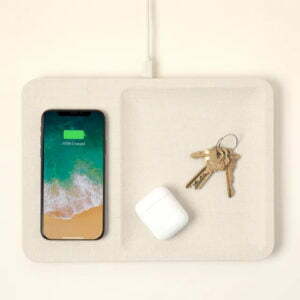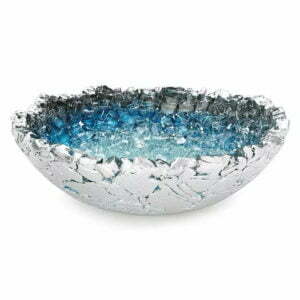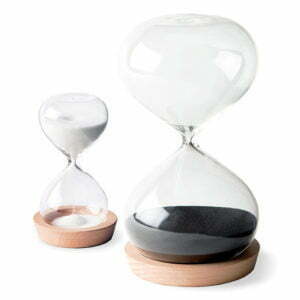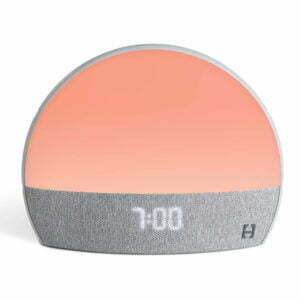When it comes to equipping a commercial restaurant, any small business owner will tell you that your budget is important. The real estate for the location can be pricey, and so can the interior design for customer engagement and atmosphere. Another crucial investment is the restaurant’s kitchen, which can directly influence the highest-quality and freshest food. Here, we will look at some ways for affording your major restaurant’s purchases and overall costs, all of which combine for long-lasting success.
Budgeting for Kitchen Equipment

A great way to begin your search is with the kitchen necessities. You’ll require a commercial refrigerator, multiple ovens and burners, flat-top grills, and even walk-in coolers and freezers for keeping the commercial kitchen’s inventory at a safe temperature. In addition, you’ll always need many accessories for your chefs and team members: pots and pans, durable utensils, and other pieces of equipment soon added to your checklist. Once completed, a commercial kitchen can cost somewhere in the $70-100,000 price range, although there are options for savings with no compromise to equipment quality.
Consider contacting a used restaurant equipment supplier. Many offer top-shelf appliances for a restaurant or bakery at nearly half the retail price. Need a stainless steel reach-in refrigerator or secondary cooler to complement your walk-in primarily fridge? An ongoing relationship with a restaurant supply house is your best choice for buying refurbished goods with the benefits of modern technology and energy efficiency.
Saving Money on Your Dining Area
With your dining area, there are two possible scenarios: you may be buying a pre-existing restaurant with an interior already complete with a stylish design motif, or you’re remodeling an existing space for an upgrade to something entirely new. If it’s the latter, your furniture, shelves, and tableware are necessities in creating a trendy atmosphere that’s also comfortable and welcoming to potential customers. Interior design is another facet of customer service, as potential customers want to feel at home when they dine in your restaurant. In addition, your service staff needs room for foot traffic, which can save a lot of time within their workflow.
An effective way to save on furniture is to find suppliers specializing in commercial restaurant needs. Like your commercial kitchen, the dining area can run in the $20-50,000 range. If your overall vision and preferences are more “upscale,” the furniture can become steep. For solving this issue, there is not only the option of buying used furniture bought in bulk but also to finance or lease any of the pieces at a low price. When considering all the tools should every business consider using, security cameras, durable safes, and registers are often available from the same supplier. After you’ve done a good job factoring in essentials, such as dinnerware, glassware, and flatware to serve high volume into the budget, inquire if both kitchen needs and dining area needs can be leased in bundled deals.
Monitoring Point of Sale and Inventory

Inventory is the third major consideration. A great tool to keep track of your new product orders is a modern Point of Sale (POS) system. Most new POS systems are digital and even provide a mobile app as a free tool for restaurant owners and managers, putting them among the essential apps for all your gadgets you need for business. As a licensed program, digital POS trackers are great tools to allow you to input your full inventory at the time of your delivery, then monitor each item throughout the week. Possible accessories are also available to customize your POS use (such as alerts and notifications), making it the ultimate task management tool.
This modern technology is not only a tracker for inventory management, but also for invoices, payment methods, and employee hours per shift. New POS systems provide your team members with access to touchscreen monitors for orders, as well as credit card function capabilities and receipt printing, and data retention. Although purchasing a new POS system can fetch up to $15,000, most restaurants find the best way for cost-efficiency is to license the program and the accessories together. This usually includes the touchscreen monitors and digital dashboard, the third-party app options for mobile devices offered by POS vendors, and the needed bottom mount installation to keep the unit in place behind the dining area. The end result is a competitive advantage when it comes to your restaurant’s efficiency, providing useful information regarding customer engagement, sales records, and inventory analytics.










